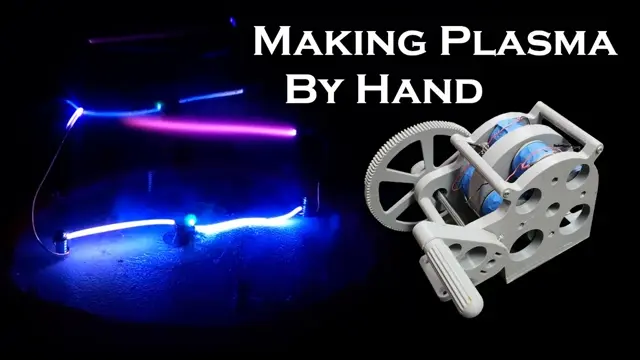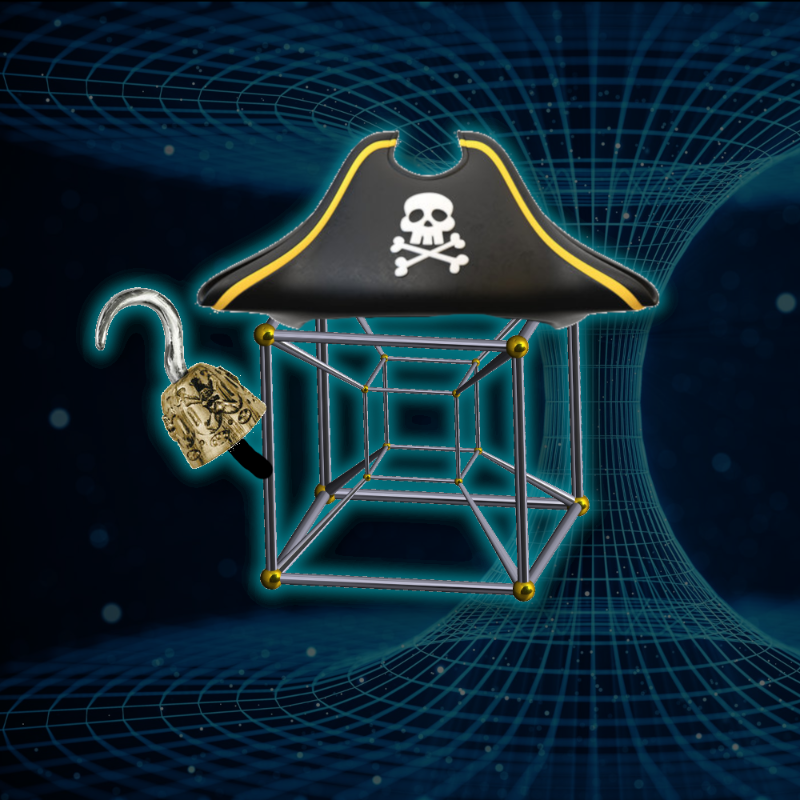2025-06-07
[public] 13.0K views, 7.29K likes, dislikes audio only
Click this link https://sponsr.is/bootdev_HyperspacePirate and use my code HYPERSPACEPIRATE to get 25% off your first payment for boot.dev.
In this video I'll show how I built a hand-cranked generator capable of producing up to 3,000 volts AC from the output, and over 20,000 volts DC when it's attached to a voltage multiplier. Then, using a vacuum chamber, I'll generate plasma discharges with the high voltage, so it'll all be done by hand.
The generator consists of a hand crank with a 4.5:1 overdrive gear connected to a rotor with 4 40x20 N52 cylindrical magnets. The stator consists of 8 coils in series, each with 14,700 turns of 38-gauge wire, for a total winding resistance of 25.6 kOhm. There's also a separate small coil and magnet on the rotor shaft for getting a low-voltage RPM signal that my oscilloscope can read.
The coils were slowly and carefully wound with a 100-rpm gear motor running lower than the rated voltage to minimize pull force on the ultra-fine magnet wire. Each coil took approximately one hour to wind. The average resistance of each coil is approximately 3.2 kOhm and in total there's 11.4 km or 7.2 miles of wire on the stator coils.
The peak voltage is ~3kV at just a little over 1,200 RPM on the rotor (unloaded). Maximum short circuit current measured by hand cranking was ~35 mA. The maximum power delivered to a load was 16W, although when adding that to the i^2R losses through the stator coils, the total power into the generator was 28W, making the whole thing a little over 50% efficient at maximum power. At lower power, the efficiency is closer to 80-90%.
The main drawback of this design is that the stator coils don't use ferrous cores. This is because the rotor magnets are so strong that they would rip the ferrous cores out of their sockets and make the generator extremely difficult to turn at low RPM due to cogging. The upside to this is that the generator has practically zero startup torque, and without a load, the flywheel momentum of the rotor can keep it spinning for a relatively long time.
Plasma could also be manually generated with a device called a wimshurst machine, which is an electrostatic generator, whereas mine is electromagnetic. The advantage of mine is that it can deliver more power than a wimshurst machine, and the 8 coils could also be reconfigured to different series/parallel combinations for different peak voltage/current. It also outputs alternating current, which allows it to be used in more types of circuits, whereas the winshurst machine is purely DC.

